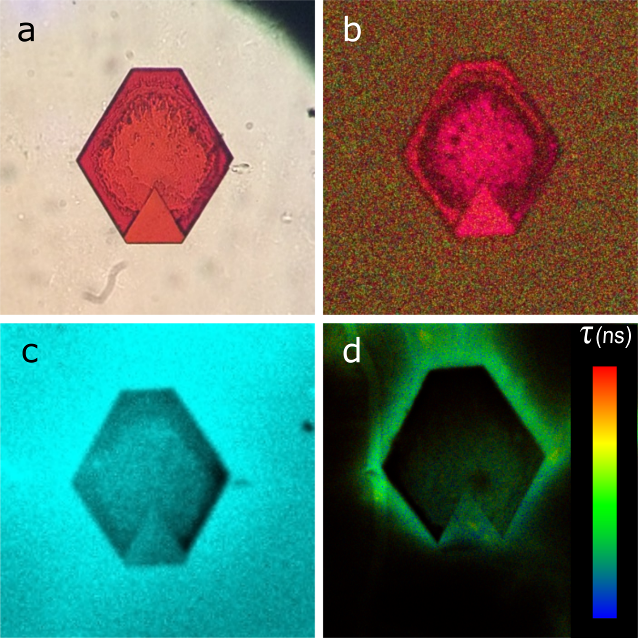Exciting new research from the Baldycheva Laboratory is now freely available to read.
Joaquin Faneca et al. have recently had their paper accepted for publication in the peer-reviewed journal Frontiers in Physics. The paper, titled ‘One-dimensional Multi-channel Photonic Crystal Resonators based on Silicon-On-Insulator with High Quality Factor‘, describes exciting developments in Fabry-Pérot resonator cavities, with tuneability provided by liquid crystals.
Devices were designed and tested to produce exceptionally high quality factor resonances. The resonances could then be split further, increasing the quality factor, by tuning with microfluidically integrated liquid crystals.
The published research opens up new possibilities in silicon photonics, a technology that promises to revolutionise the future of computing globally, and refractive index sensing, which- for example- could lead to advances in medical diagnostics.
This international work was produced from the collaboration between researchers in:
- The Baldycheva laboratory
- The EPSRC Centre for Doctoral Training in Electromagnetic Metamaterials at the University of Exeter
- Trinity College, Dublin, Ireland
- Saint Petersburg State University of Information Technologies, Mechanics and Optics, Russia
- Ioffe Institute (RAS), Russia
The paper has been distributed with open-access.
Correspondence regarding this research should be addressed to:
Prof. Tatiana S. Perova, Trinity College, Dublin: [email protected]
Prof. Anna Baldycheva, University of Exeter: [email protected]


